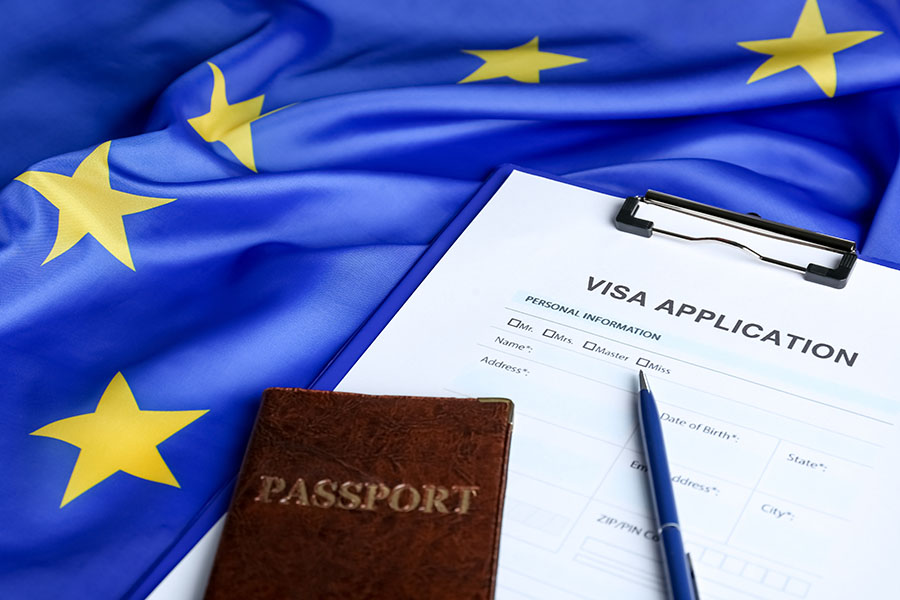- News >
- Updated EU Schengen Visa Digital Protocols
Updated EU Schengen Visa Digital Protocols

The European Commission has introduced updated digital protocols for Schengen visas, streamlining the process for third-country nationals traveling within the Schengen Area.
As reported by SchengenVisaInfo, these revisions mark a shift towards digitizing Schengen visas. The new format includes a 2D barcode, securely signed by the issuing Member State's Country Signing Certificate Authority. This digital visa will feature the holder's facial image and can be printed and accessed by travelers from any country of origin or destination.
During the initial phase, Member States eager to adopt this system are required to inform the Commission and eu-LISA. The digital visa application platform is hosted in Europe.eu – a domain consistent with official EU websites, will automatically assign applications to the appropriate Member State, holding them briefly for necessary processing. Certain situations, like first-time Schengen visa applications or obtaining a new travel document, will still necessitate a visit to the embassy.
Visa payments will be processed through an EU VAP-linked gateway, with funds transferred to the relevant Member State. To enhance security, electronic payment details won't be stored in the Visa Information System (VIS). In cases where electronic payment isn't feasible, consulates or authorized service providers will handle the fee collection.
Applicants will be kept informed about their application and visa status through electronic notifications.
Furthermore, the amendments plan for the EU VAP's integration with other EU systems, such as the Entry Exit System (EES) and the European Travel Information and Authorisation System (ETIAS). This integration aims to maximize efficiency, considering technological limits and the investments made by Member States in their national systems.
It's important to note that citizens from over 60 nations, including Australia, Britain, Canada, New Zealand, and the United States, typically don't require a Schengen visa for short visits. However, they will be required to apply online via the ETIAS for pre-screened entry, which is expected to be operational by mid-2025.
